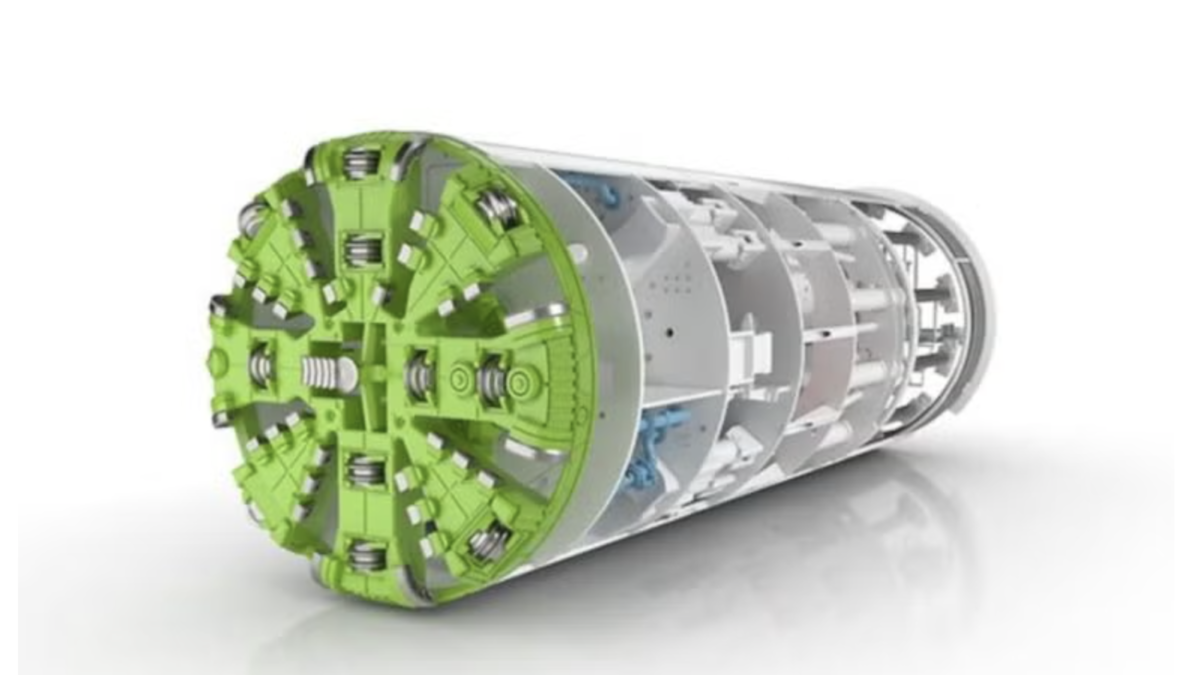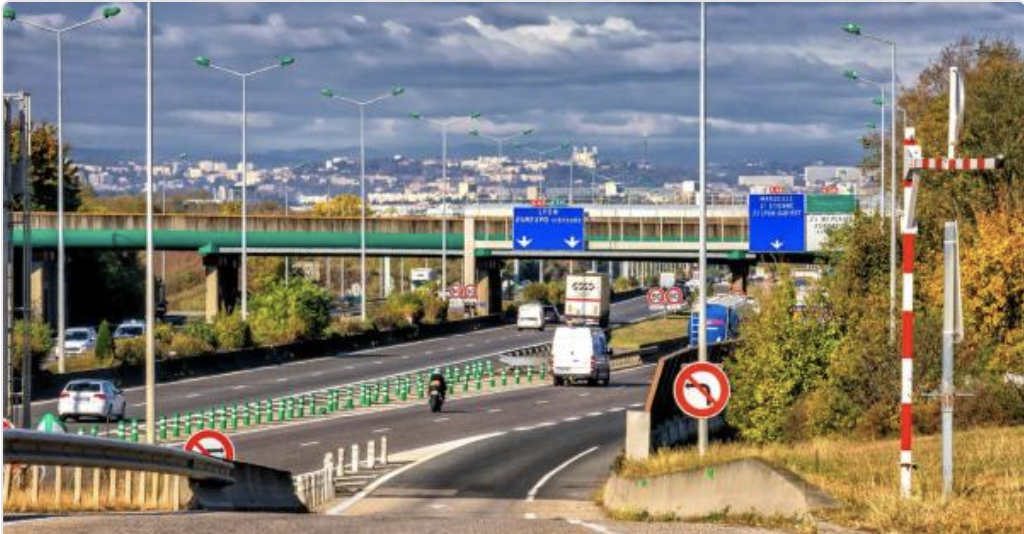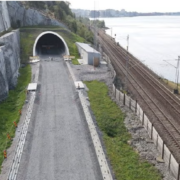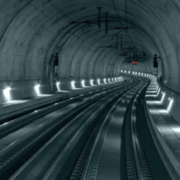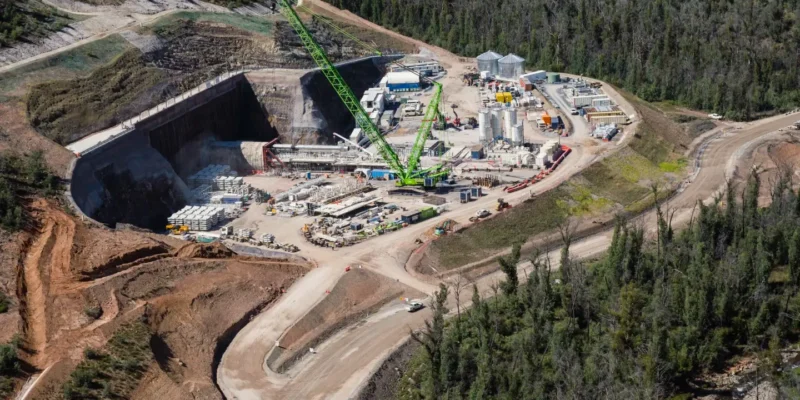
Considering the ongoing problems, Australia’s Snowy 2.0 project could be postponed by up to two years.
According to Snowy Hydro CEO Dennis Barnes: “Four factors had caused the delays, and likely cost increases: the soft ground that halted tunneling at Tantangara; some technically complex design elements requiring more time to complete, making the final design now more expensive to construct.”
In order to resetting the delivery timeline and budget, Snowy Hydro is cooperating with principal contractor Future Generation Joint Venture (FGJV). While currently the earliest anticipated date for commercial operation of the project is December 2028, it could be delayed another year to December 2029. Also further detail is going to be given around July.
As the third and final TBM on this project, TBM Florence halted work on the headrace tunnel at Tantangara after a surface depression developed above the machine in December last year. The TBM was transitioning from soft material into harder rock at the time.
Being located at a depth of 30m, the TBM had excavated around 150m, whereas the depression was around 9m deep.
“Despite the setbacks, progress was being made on the project. TBM Kirsten has tunneled 2.9km to reach the underground power station cavern complex and we now have access to this site from both ends. We shortly expect to commence the 6km tailrace tunnel that will feed into Talbingo Reservoir and the excavation of intakes at Talbingo and Tantangara are proceeding very well,” said Barnes.
Connecting Tantangara Reservoir (top storage) with Talbingo Reservoir (bottom storage) through 27km of tunnels and a power station with pumping capabilities, Snowy 2.0 is Australia’s largest renewable energy project. Additionally, this project will provide water to be raised for energy generation at times of peak demand and pumped back to the top storage when there is excess renewable energy in the system, ready to generate again.



